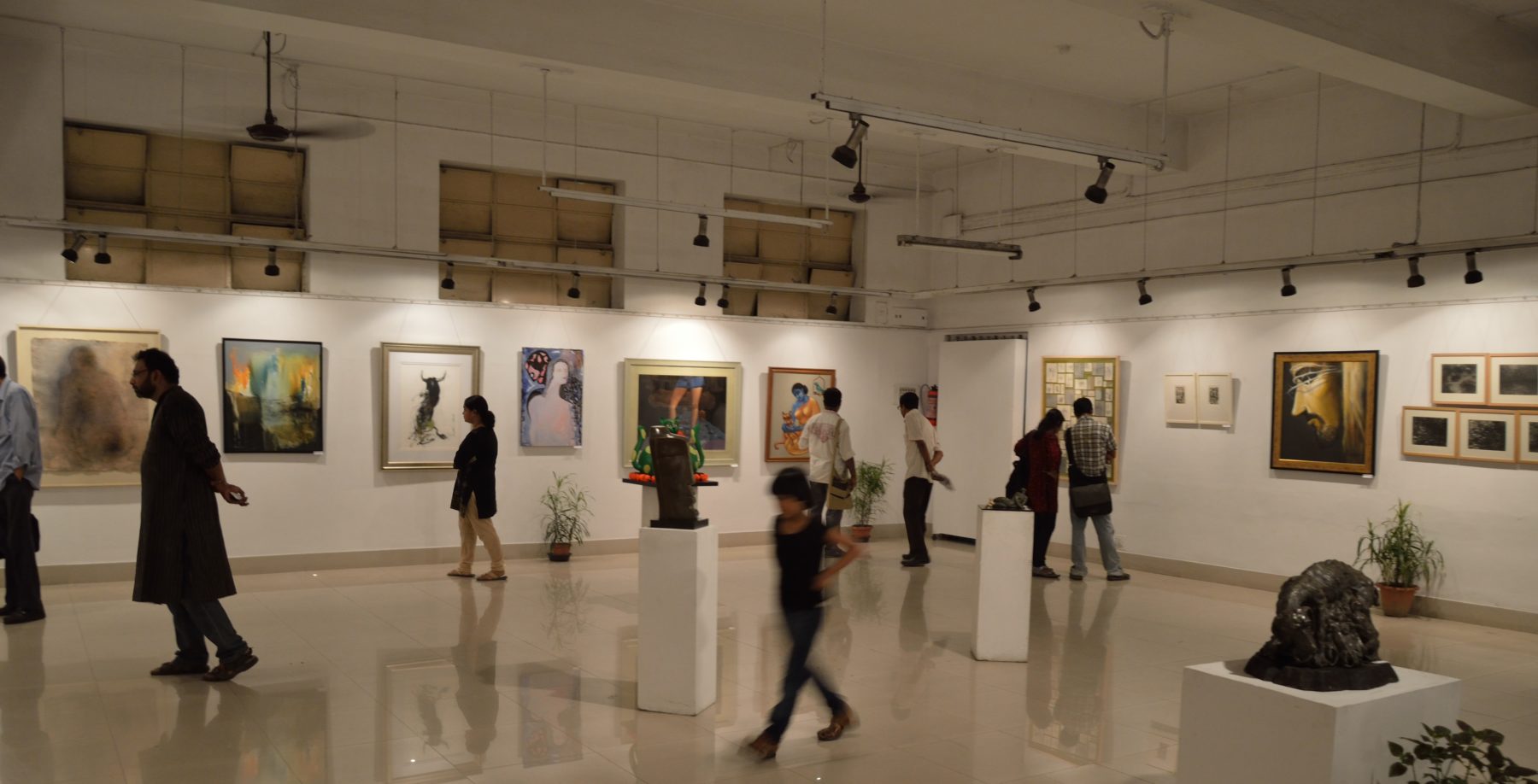1. Isabelle De Voldere and Kleitia Zeqo. European Commission. “Crowdfunding: Reshaping the crowd’s engagement in culture.” 2017. Europe.
The study “Crowdfunding: reshaping the crowd’s engagement in culture” maps and analyses how crowdfunding is currently being used for the benefit of cultural and creative activities, and evaluates to what extent barriers hamper the further integration of crowdfunding in the financing mix and broader practice of cultural and creative sector (CCS) actors. As the topic of crowdfunding for CCS touches upon the interest and activities of several stakeholder groups (CCS actors, intermediary organisations supporting CCS actors, crowdfunding platforms, backers and policy makers), the research combined the perspectives of each of these stakeholder groups to come to a 360° analysis. The research involved literature review, stakeholder interviews, data and case study analysis, surveys, expert workshops and crowdsourcing on barriers and options for policy action.
2. Kumar B. Rajan and Rekha S. Rajan. National Endowment for the Arts. “Staying Engaged: Health Patterns of Older Americans Who Participate in the Arts.” 2017. United States.
Staying Engaged examines data from the Health and Retirement Study (HRS), a nationally representative sample of older adults (in this case, aged 55 years and older) who are tracked longitudinally. The authors find that older adults who both created and attended art in 2014 reported better health outcomes that year (lower rates of hypertension and greater cognitive and physical functioning) than did adults who neither created nor attended art.
3. Roland J. Kushner and Randy Cohen. Social Stanford Innovation Review. “Creating a Policy Index for the Arts.” 2017. United States.
On January 20, 2010, an audience of 200 business leaders, mayors, members of the US Congress, directors of large urban arts commissions, and media gathered at the National Press Club in Washington, D.C. They launched the National Arts Index, a new research and policy initiative that promised to do for the arts what the Dow Jones Industrial Average did for stock ownership.
4. Ecorys. Creative People and Places. “Creative People and Places: End of Year 3 Report.” 2017. United Kingdom.
Ecorys, a research agency, was commissioned to create the overarching evaluation (the meta-evaluation) for the first three years of Arts Council England’s Creative People and Places (CCP) programme.
5. David A. McGranahan, Timothy R. Wojan, and Dayton M. Lambert. Journal of Economic Geography. “The rural growth trifecta: outdoor amenities, creative class and entrepreneurial context.” 2010. United States.
The presence of creative class workers in rural communities has been shown to impact economic growth, particularly in places with outdoor amenities and entrepreneurial support. Tests confirm that the interaction of entrepreneurial context with the share of the workforce employed in the creative class is strongly associated with growth in the number of new establishments and employment, particularly in those rural counties endowed with attractive outdoor amenities.
